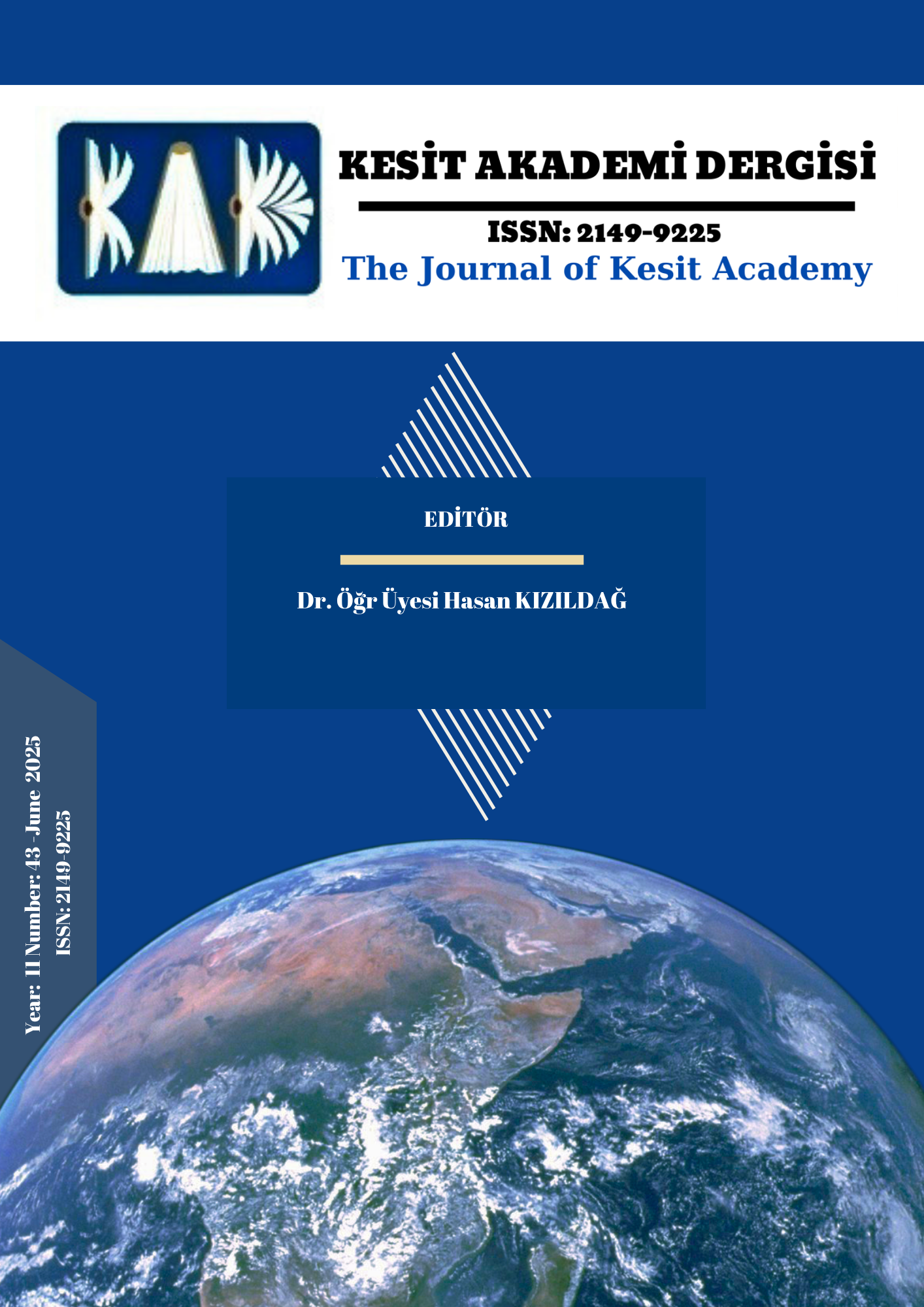Tutiname Minyatürlerinde Çerçeve Anlatının Mekânsal Temsili: Cleveland Museum of Art Koleksiyonu Üzerine Bir İnceleme
Author :
Abstract
Öz: Çerçeve masal tekniği, doğu edebiyatının önemli anlatı yapılarından biridir. Bu teknik, birbirinden bağımsız onlarca masalı bir anlatı bütünlüğü içinde birleştiren katmanlı bir yapıya sahiptir. Hint kökenli teknik, Tutiname gibi klasik eserleri ortaya çıkartmıştır. 14. yüzyılda Sanskritçe kökenli bir metinden Farsçaya aktarılan ve daha sonra Babür saray atölyelerinde İran ekolünden gelen sanatçılarla yeniden yorumlanan Tutiname, anlatıcı konumundaki papağan Tuti’nin her gece Khujasta’ya anlattığı ahlaki öğretiler içeren masallardan oluşmaktadır. Cleveland Museum of Art (CMA) koleksiyonunda yer alan ve Ekber Şah dönemine tarihlenen Tutiname minyatürleri, bu çok katmanlı yapıyı görsel olarak temsil etmektedir. Zaman ve mekânın sabit olduğu ana masal ve anlatı odaklı farklı mekânlarda geçen alt masallar; çerçeve anlatının minyatür sanatında nasıl görselleştirildiğini ortaya koymaktadır. Ayrıca bakış yönleri, duruşlar ve el hareketleri gibi figüratif unsurlarla, Hint kültürüne özgü toplumsal hiyerarşik yapı, kompozisyon kurgusuna doğal bir biçimde yerleştirilmiştir. Minyatürler, saray salonları ve odalar gibi iç mekânlar; bahçe, geçici yapılar ve doğa sahneleri gibi dış mekânların yanı sıra iç ve dış mekânın bir arada farklı bir perspektiften sunulduğu görsel örnekler de içermektedir. Bu çalışma, söz konusu minyatürlerde çerçeve anlatı tekniğinin mekânsal temsilini analiz ederek anlatı ve mekân ilişkisine ışık tutmayı amaçlamaktadır; bu doğrultuda, dijital müze kataloğu üzerinden seçilen sahneler görsel ve anlatı çözümlemesine tabi tutulmuştur.
Keywords
Abstract
Abstract: The frame tale technique is one of the important narrative structures of eastern literature. This technique has a layered structure that combines dozens of independent tales into a narrative unity. The technique originated in India and gave rise to classical works such as the Tutiname. Transcribed in the 14th century from a Sanskrit text into Persian and later reinterpreted in the Mughal court workshops by artists from the Iranian school, Tutiname consists of tales containing moral teachings that the parrot Tuti, the narrator, tells to Khujasta every night. The miniatures of the Tutiname in the collection of the Cleveland Museum of Art (CMA), dated to the reign of Akbar Shah, visually represent this multi-layered structure. The main tale, in which time and space are fixed, and the sub-tales, which take place in different narrative-oriented locations, reveal how the frame narrative is visualized in miniature art. In addition, figurative elements such as gaze directions, postures and hand gestures are naturally placed in the composition of the social hierarchical structure specific to Indian culture. The miniatures include interior spaces such as palace halls and rooms, exterior spaces such as gardens, temporary structures and nature scenes, as well as visual examples where interior and exterior spaces are presented together from a different perspective. This study aims to shed light on the complex relationship between narrative and space by analyzing the spatial representation of the frame narrative technique in these miniatures.





